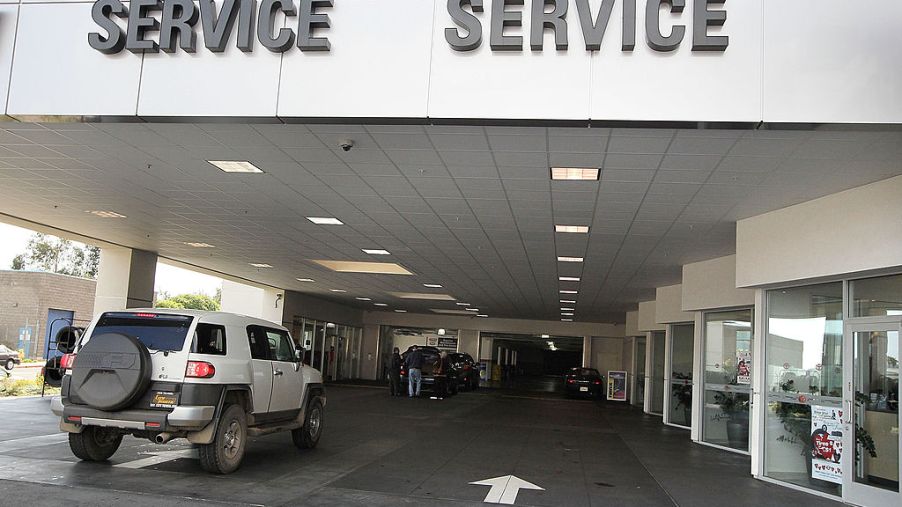
What Was the Biggest Auto Recall in U.S. History?
Despite their best efforts, automakers don’t always get it right. A vehicle may look perfect when it rolls off the assembly line, but it’s not uncommon for a string of problems to develop after the vehicle has been on the market for a few years.
When chronic issues appear, manufacturers issue a recall so the problem can be resolved. The biggest auto recalls in U.S. history have done a great deal of damage to the long-term reputation of some vehicle manufacturers.
Toyota’s faulty gas pedal recall
Toyota has a reputation for making high quality, long-lasting, and low maintenance vehicles. However, drivers who owned a 2009/2010 Avalon, Camry, Corolla, Matrix, Highlander, Prius, RAV4, Tundra, or Tacoma encountered a scary problem that led to one of the biggest recalls in U.S. history.
The gas pedal failed. The way the Toyota vehicles were designed caused the floor mat to jam against the gas pedal in such a way that the pedal became stuck and the vehicle essentially ran away. The design flaw resulted in 30 accidents, one of which included a fatality.
The recall damaged Toyota’s reputation. More than 9 million vehicles were involved in the recall which cost the company $1.2 billion in a deferred prosecution agreement. Shortly after the recall, Toyota reported that it had experienced a 16% drop in sales.
Ford’s parking issue recall
In 1982, Ford issued a recall that remains one of the biggest auto recalls in U.S. history. A design flaw in multiple vehicles Ford made from 1976-1980 resulted in a transmission problem.
Occasionally the vehicle would slip out of park and start reversing. The issues were allegedly responsible for 6,000 accidents and 98 fatalities. The recall involved 23 million vehicles.
The recall hurt the company’s reputation, but it didn’t have as huge a financial impact on the company as many expected. The company was able to avoid a massive lawsuit by issuing drivers warning labels. The labels instructed them how to safely shift their vehicle into park.
Takata’s seat belt recall
1995 wasn’t a good year for Takata. That was the year the corporation was forced to recall approximately 8 million vehicles, which include various models of Chryslers, Hondas, Nissans, Mitsubishis, GMs, Mazdas, Suzukis, Subarus and Isuzus that had been made between 1986 and 1995.
The reason for the recall was that the seat belts weren’t unlocking properly. The good news was that the belts stayed lock during a collision. The problem was that as time passed, the latch cracked, causing the locking mechanism to become jammed, making it impossible for the people buckled into the vehicle to unlatch their seatbelt. The seat belt recall cost Takata approximately $1 billion to recall the impacted vehicles and replace the seat belts.
Ford’s flaming ignition recall
In 1996 Ford was forced to recall nearly 14 million Broncos, Explorers, F-Series Trucks, and Lincoln Town Cars. The issue was that in some of the vehicles, an electrical fire would start when the driver applied the brake and turned their cruise control off.
Strictly speaking, the cost of the part Ford had to replace only cost the company $20. Keep in mind, that was multiplied by the 14 million vehicles that needed to be repaired. This was the second time Ford was responsible for one of the biggest auto recalls in U.S. history. Both recalls hurt the company’s long-term reputation for building high-quality vehicles that were both reliable and safe.
While there still seems to be a lot of auto recalls, stats indicate the number of auto recalls is actually decreasing, which indicates manufacturers are getting better at catching problems before making vehicles available to consumers.


